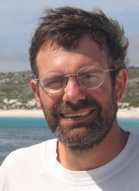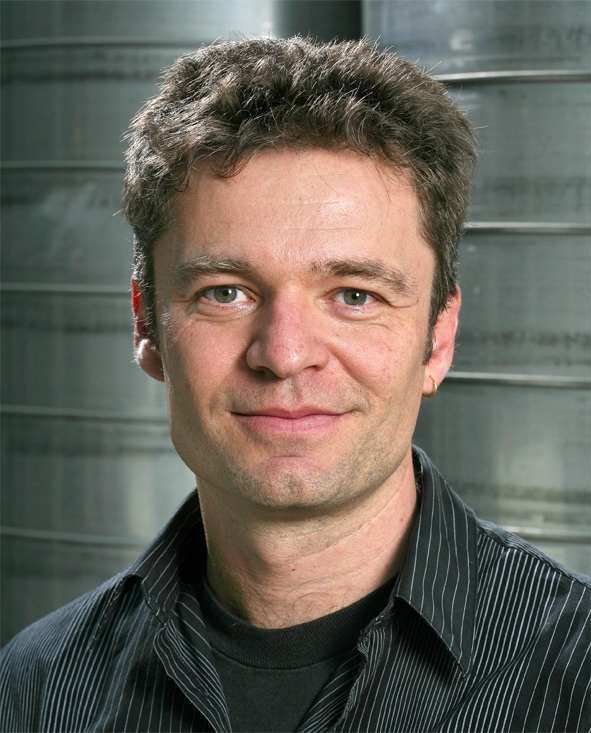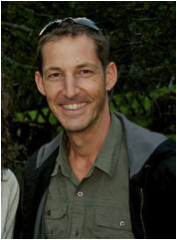Members at the University of Geneva
Dr. Claudia Cosio
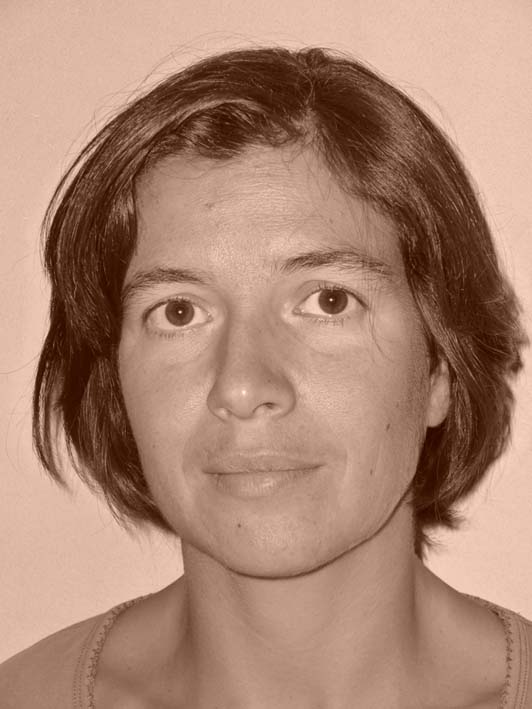
My research is at the interface between plant biology and ecotoxicogenomics. I explore plant’s response from genes through cells and whole plant in order to identify novel biomarkers to environmental stresses and factors. This fundamental research is expected to have implication for the in-situ bioavailability determination as well as ecotoxicology field and may aid in the development of new assays for biomonitoring.
Our main research concerns heavy metals in the environment, in particular bioaccumulation and fate in the trophic chain.
https://www.unige.ch/forel/en/biogeochimie/equipegeoecotox/excollaborateur/claudiaclosio/
Claudia.Cosio-at-unige.ch
Prof. Daniel Jeanmonod
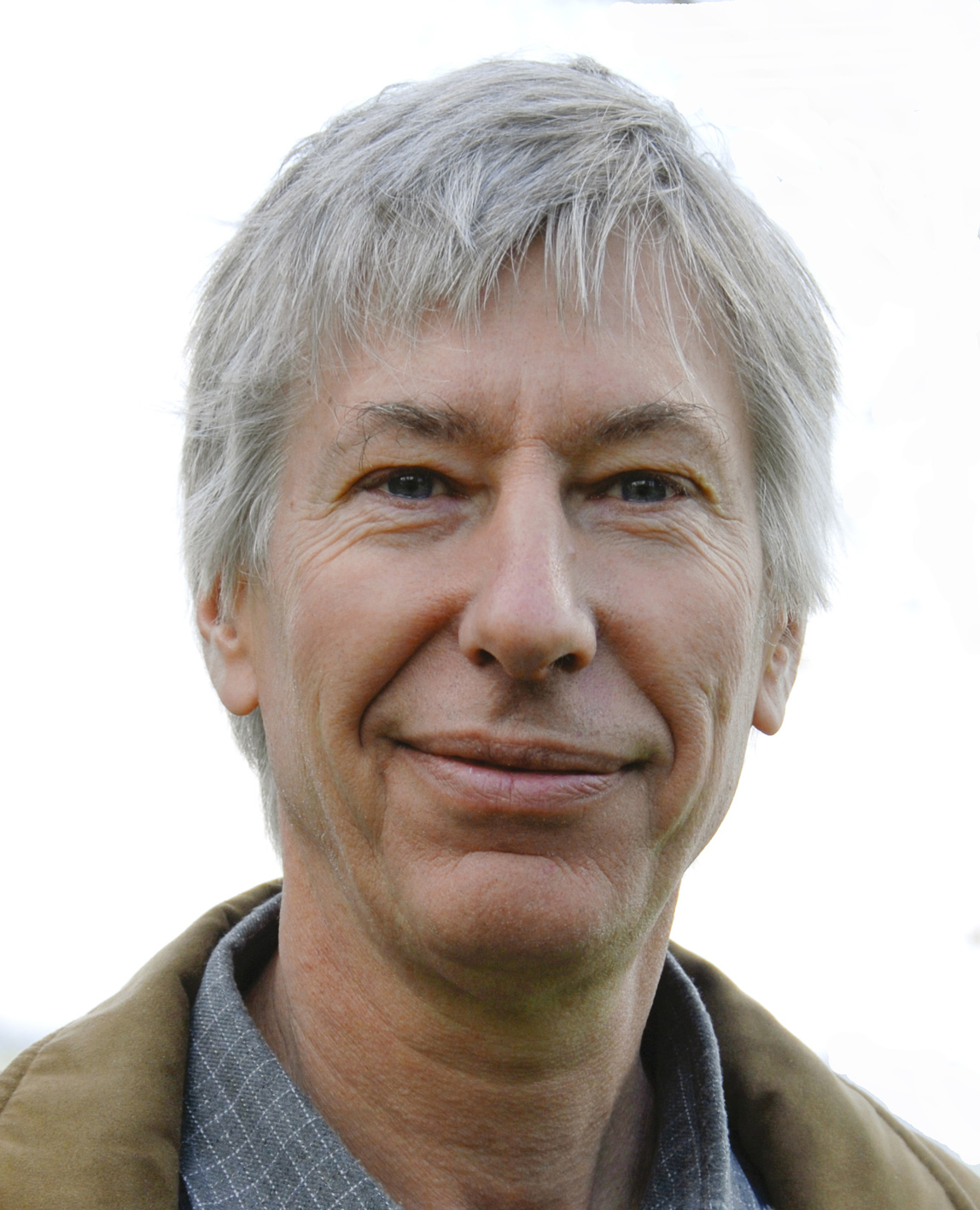
From ecosystems to genes, the lab concentrates on the study of plants and fungi, as well as the biodiversity that they represent. The research activities are linked with the Conservatoire et jardin botaniques de Genève. Many different types of research are currently being carried out:
• Floras: to name and identify plant and fungi species of several different countries or regions (e.g. Switzerland, Corsica and Paraguay).
• Biosystematic studies: to better classify and understand certain groups of plants, lichens and fungi. These monographs allow us to contribute, as specialists, to other floras across the world (most notably, Flora Neotropica, Flora Mesoamericana, the floras of Guyana, Ecuador, China, Colombia, various states of Brazil and of the United States of America).
• Vegetation ecology: to understand the natural environment and the changes induced by man (deforestation, climate warming).
• Phylogeny and molecular genetic studies: to understand the evolution of species and their relationship with one another as well as the mechanisms by which to better conserve those species threatened by extinction.
www.ville-ge.ch/cjb/activites_scientifiques_en.php
Daniel.Jeanmonod-at-ville-ge.ch
Prof. Luis Lopez Molina
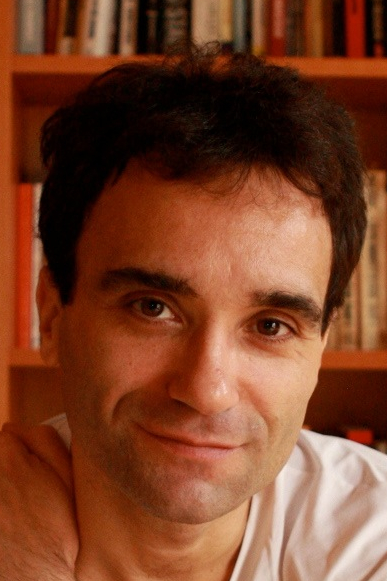
Plant Developmental Genetics, Hormone Signaling
Land plant’s success to colonize different continental environments lies in part in their ability to produce seeds: structures encapsulating plant embryos, keeping them in an inert and osmotolerant state. The first step towards the adult phase of the plant is that of seed germination, a process whereby the embryo develops into a photosynthetic young seedling.
Since the embryo abandons a highly protected state, it is not surprising that germination is controlled by the environmental conditions faced by the seed. Thus, germination responds to the quality of light (e.g. favorable sun light vs unfavorable canopy light) or water (e.g. fresh vs salty water). Environmental cues determine the levels of the phytohormones gibberrellic acid (GA) and abscisic acid (ABA). GA is necessary to initiate germination by promoting the destruction of germination repressors; the DELLA factors RGL2, GAI and RGA. ABA is synthesized upon osmotic stress and blocks germination by inducing the expression of germination repressors; the transcription factors ABI3 and ABI5.
Our work mainly focuses on understanding how GA- and ABA-dependent control of seed germination is coordinated in response to environmental cues.
www.unige.ch/sciences/biologie/bioveg/lopezmolina/Site/Welcome.html
Luis.Lopezmolina@unige.ch
Prof. Michel Goldschmidt-Clermont
Genetics of Photosynthesis
Chloroplasts are organelles of the plant cell that specialize in photosynthesis. In this process, light energy from the sun is converted into chemical energy in the form of sugars and other compounds that feed the plant and indirectly fuel most of the biosphere. Chloroplast biogenesis is governed by two genomes, in the nucleus and in the organelles. Thus gene expression in the two compartments has to be tightly coordinated to ensure the assembly of the photosynthetic machinery and its acclimation to the environment, particularly to light.
Our genetic studies with the unicellular green alga Chlamydomonas have revealed many nucleus-encoded factors which are imported into the chloroplast where they play very specific roles in post-transcriptional steps of chloroplast gene expression such as RNA splicing, RNA processing and translation. We are also investigating a regulatory network of conserved protein kinases and phosphatases that are involved in light acclimation in Chlamydomonas and Arabidopsis.
http://www.molbio.unige.ch/fra/research_groups/goldschmidt-clermont/lab
Michel.Goldschmidt-Clermont-at-unige.ch
Prof. Theresa Fitzpatrick
Plant Biochemistry and Physiology
Our research focuses on plant metabolism, in particular the biochemistry and physiology behind vitamin biosynthesis and degradation and how these processes interact with other aspects of general primary plant metabolism. We also address aspects of stress physiology and how alteration of vitamin metabolism affects the response to abiotic stress responses. We use bacteria, yeast and the model plant Arabidopsis thaliana and a range of multi-disciplinary biological and chemical techniques as part of our research program.
www.unige.ch/sciences/biologie/biveg/labs/fitzpatrick.html
Theresa.Fitzpatrick-at-unige.ch
Dr. Xavier Perret
Prof. Roman Ulm

Sunlight is of utmost importance to plants, not only as energy source but also as an environmental signal regulating growth and development. An important and increasing part of the incident sunlight encompasses a segment of the ultraviolet-B region (UV-B; 280-315 nm) that is not entirely absorbed by the ozone layer in the stratosphere of the Earth. UV-B radiation is potentially harmful for any organism exposed to it, but is also used as an informational signal for which plants have evolved specific and sensitive UV-B perception systems promoting UV-B acclimation and tolerance. Our understanding of this UV-B sensory pathway is presently limited to a small number of major players, and even less is known on their interplay, regulations and mechanisms of action. The major aim of our laboratory is a better understanding of UV-B perception and signalling in plants that leads to UV-B acclimation and survival.
www.unige.ch/sciences/biologie/bioveg/ulm/
Roman.Ulm-at-unige.ch
Prof. Michael Hothorn
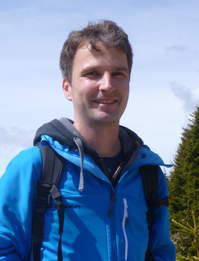
Signal perception at the cell surface and transduction of this signal to the cell’s interior is essential to all life forms. Plants have evolved membrane-integral receptor proteins and associated signaling cascades that drastically differ from the well-studied systems in animals. Our aim is to dissect these signaling pathways in mechanistic detail.
A second line of research, aims at uncovering the roles of linear phosphate polymers (inorganic polyphosphates) in plants, yeast and bacteria. We are interested where these polymers are located within a cell, how they are being synthesized/broken down and what’s their cellular function and physiological role.
http://structplantbio.org/
Michael.Hothorn-at-unige.ch

